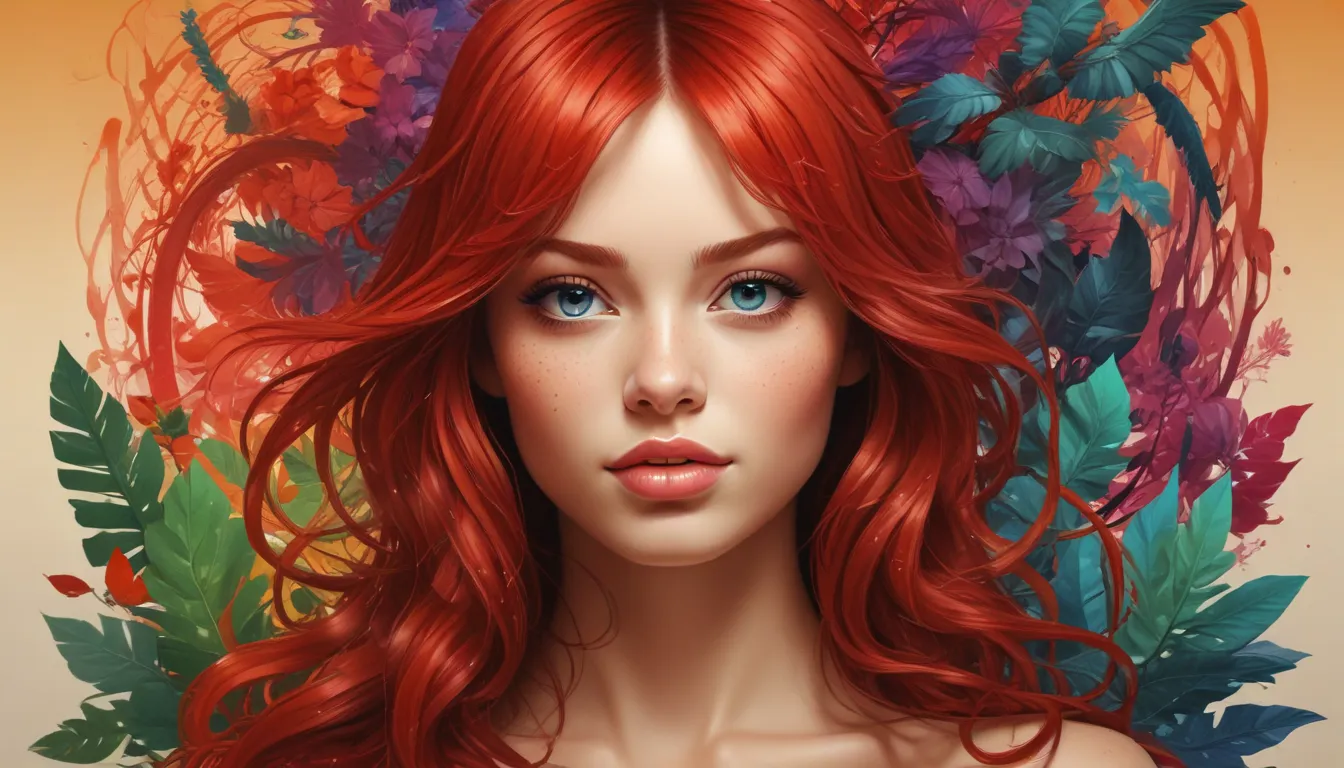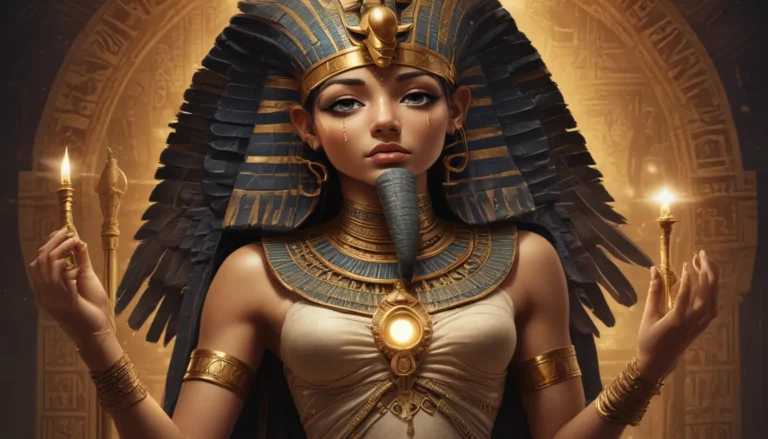The images in our articles may not match the content exactly. They are used to grab your attention, not to show the exact details in the text. The images complement the text but do not replace it.
Have you ever stopped to think about the color red and its significance in our lives? From passionate emotions to cultural symbolism, the color red has a rich and varied history. In this article, we will delve into the world of red and discover some interesting facts that shed light on this vibrant hue.
The Symbolism of the Red Rose
In the language of flowers, a red rose symbolizes romance, great admiration, and love. For centuries, the red rose has been a universal symbol of deep emotion and affection. Whether given on Valentine’s Day or as a gesture of love, the red rose carries a powerful message of passion and desire. The number of roses in a bouquet can also hold different meanings, adding a layer of depth to this timeless symbol.
The Surprising Transformation of Lobsters
Did you know that lobsters only turn red once they have been cooked? Lobsters possess special molecules like carotenoid and crustacyanin that allow them to change color. This transformation occurs during cooking when these molecules release a vibrant red pigment, giving lobsters their characteristic hue. This natural defense mechanism helps them blend in with their surroundings and avoid predators in the wild.
The Rarity of Red Hair
Red hair is considered one of the rarest natural hair colors, with only 1 to 2% of the global population possessing the gene responsible for it. This unique gene mutation, known as MC1R, results in the striking red hair color that sets individuals apart. However, redheads also face unique challenges, such as increased sun sensitivity and a higher risk of skin cancer due to their bodies’ reduced ability to produce Vitamin D.
Exploring the Red Fox
The red fox, also known as Vulpes Fox, is the largest species among true foxes. Widely distributed across the Northern Hemisphere, these intelligent creatures have adapted to a variety of habitats and diets. From small animals to fruits, the red fox is a versatile predator with a keen sense of survival. Its fiery fur and cunning nature make it a captivating symbol in the natural world.
The Diverse Shades of Red
With approximately 40 different shades, the color red offers a wide range of hues and tones. From scarlet and crimson to burgundy and maroon, each shade carries its own unique character and symbolism. Mixing white or black can create lighter or darker shades, adding depth and variety to the color red. However, individuals with color blindness may struggle to distinguish between different shades, highlighting the complexity of this vibrant color palette.
The Allure of Red Wine
Red wine, particularly Cabernet Sauvignon, is one of the most popular variants of wine worldwide. Known for its full-bodied flavor and rich aroma, Cabernet Sauvignon grapes thrive in the Bordeaux region of France. With high tannins and acidity, red wine pairs well with a variety of foods and has excellent aging potential. Whether enjoyed alone or paired with a delicious meal, red wine’s complex flavors make it a beloved choice among wine enthusiasts.
The Enigmatic Red Hood in the Batman Universe
In the world of comics, the character Red Hood has a fascinating history as a former sidekick of Batman. Originally known as the second Robin, Red Hood underwent a transformation that led him on a path of anti-heroism. With intricate storylines and moral complexities, Red Hood grapples with themes of justice, vengeance, and redemption in the dark streets of Gotham. His dynamic character adds depth and intrigue to the Batman universe.
The Science Behind Human Blood
Human blood derives its red color from the protein hemoglobin, which transports oxygen throughout the body. Each red blood cell contains millions of hemoglobin proteins, essential for oxygenation and cellular function. This intricate process ensures the body’s organs receive the oxygen they need to sustain life. The vibrant red hue of human blood underscores its vital role in maintaining health and vitality.
Albinism and Red Eyes in Animals
Animals born with albinism often exhibit red eyes due to the absence of melanin production. This genetic condition, known as optical albinism, affects the pigmentation of animals’ eyes, giving them a striking red appearance. While albinism poses challenges for animals in the wild, it also serves as a unique trait that sets them apart from their counterparts. Understanding the genetic basis of albinism sheds light on the diversity of traits found in the animal kingdom.
The Enduring Tale of Little Red Riding Hood
The classic tale of Little Red Riding Hood has captivated audiences for centuries with its moral lessons and timeless appeal. From cautionary tales about strangers to themes of bravery and cunning, this story has been retold in various cultures and versions. Written by Charles Perrault, Little Red Riding Hood continues to enchant audiences of all ages with its enduring message of courage and resilience in the face of danger.
In conclusion, the color red holds a multitude of meanings and symbols across cultures and contexts. From the passionate symbolism of the red rose to the rare beauty of red hair, this vibrant hue captivates and intrigues us in myriad ways. Whether in nature, literature, or everyday life, the color red continues to evoke strong emotions and powerful associations. Embrace the richness and diversity of red, and discover the hidden depths of this captivating color.






